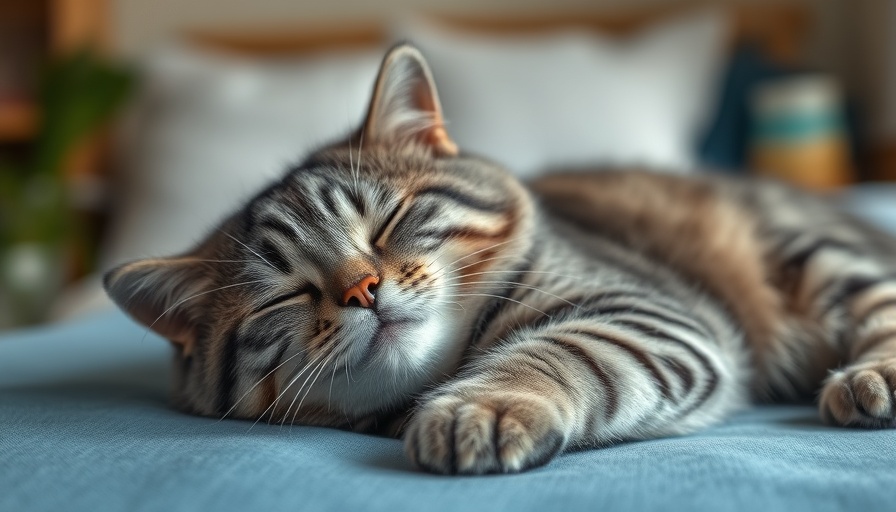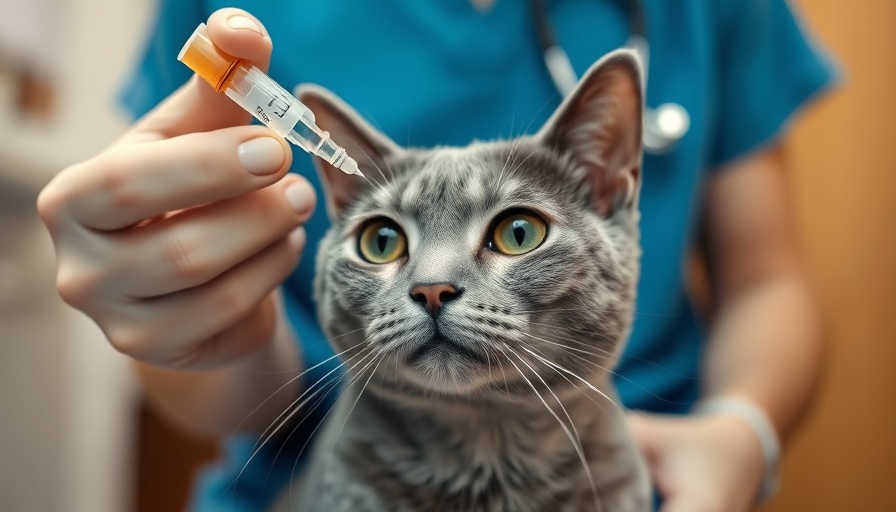
Caressing Your Cat: The Art of Massage
Massage therapy is not just for humans; our feline friends can reap incredible benefits too! Known for relieving stress and enhancing overall well-being, a good cat massage can also strengthen the bond between you and your furry companion. Whether you’re a new cat parent or have been in the game for years, it's essential to know how to effectively and safely massage your pet.
Why Massage Matters: Understanding the Benefits
Recent research has shown that cat massages lead to various health benefits. They can promote relaxation, improve circulation, and even relieve tension in muscles. Think of massage as a gentle way to show love to your cat, all while contributing to their mental and physical health. It’s particularly beneficial for indoor cats that might be less active.
Additionally, massages can help ease symptoms of anxiety and promote deeper sleep, making them a great addition to your cat's routine, especially if they’re naturally nervous.
How to Get Started with Cat Massage
So, how does one go about massaging a cat? The key is to start slowly. Find a calm and quiet space where your cat feels comfortable. Begin with gentle strokes along the head, neck, and back. Cats often enjoy long, soothing movements, so use moderate pressure and pay attention to your cat’s body language.
Your feline may respond positively by purring or nuzzling against you. However, remain alert for any signs of discomfort. If your cat appears anxious or tries to escape, it’s best to stop the session.
Mapping Out the Massage Techniques
There’s a variety of techniques you can use, from light strokes to kneading motions. According to animal behaviorists, focusing on the areas cats enjoy the most—like the base of their ears or along their spine—can enhance their massage experience. You can also incorporate calming products such as sprays or creams to make the session even more enjoyable.
Pay Attention to Health Considerations
While the benefits of massage are clear, it's vital to approach this practice with caution. Avoid giving massages to cats with certain health conditions, including heart problems, open wounds, or infections. Always consult with your veterinarian before starting any new health routine with your pet.
Creating the Right Environment for Massage
The environment plays a significant role in your cat's relaxation. Ensure that the room is quiet and well-lit. Soft music may further calm your cat, enhancing their experience. The right setting can help your cat feel secure, allowing your bonding time to flourish.
Embracing the Relaxation Together
Massaging your cat is not just beneficial for their health; it’s also incredibly fulfilling for you as a pet parent. It’s a beautiful way to deepen your relationship with your cat, making them feel loved and cared for. With the right approach, you can transform a simple petting session into a meaningful experience of connection.
Remember, the goal is to build trust and joy in your interactions with your feline. Happy massaging!
 Add Row
Add Row  Add
Add 




Write A Comment